WHY?
The problem
Since some years "retro-games" have become very trendy and a lot of solutions have emerged in this new retro-business. When it comes to spending money just to play, are we getting mad? It feels more about collecting than enjoying gaming an playing. From cheap Chinese clones, more decent systems to official consoles all of it feeding this insane consumerism. We had already had those games, we had the tools to play them, there is a real need for this trend?
Ok, I am not a fool, I also love fullHD displays, HQ audio and be able to gather digitally all my games in one place bringing games to a new dimension. However this trend is walking away from the root core principles of early games: squeeze to the fullest the resources you have. Do I really need this brand new console to play this 30 old game that I've always enjoyed or am I trapped in this consumerism illusion? You probably are.
My approach to a solution

Your smartphone, that little gadget that travels with us most of our time. It has probably a wide HD screen, a pretty decent battery, storage and a powerful CPU. Pure specs that are perfect for playing retro-games on the go. But you only use it for browsing, FB, IG or watching videos. Have you ever tried to run a N64 game on it? It runs flawlessly. Now try it in a raspberry pi or in a cheap clone, not so good. Why not using it? Why buying another retro portable console?
I started looking into it and realized that, due to the bad experience provided by the touchpad, there was a need of a tool to turn it into a perfect handheld system. It should be/have:
- Immersive experience
- Portable: light and small to carry everywhere
- No need to charge it
- Adaptable in case I wanted to used in different smartphones
That is the reason why I created Playloop: a very portable gadget that, attached to your smartphone, turns it into a great handheld gaming console, being the only tool you will ever need to play retro-games on the go.
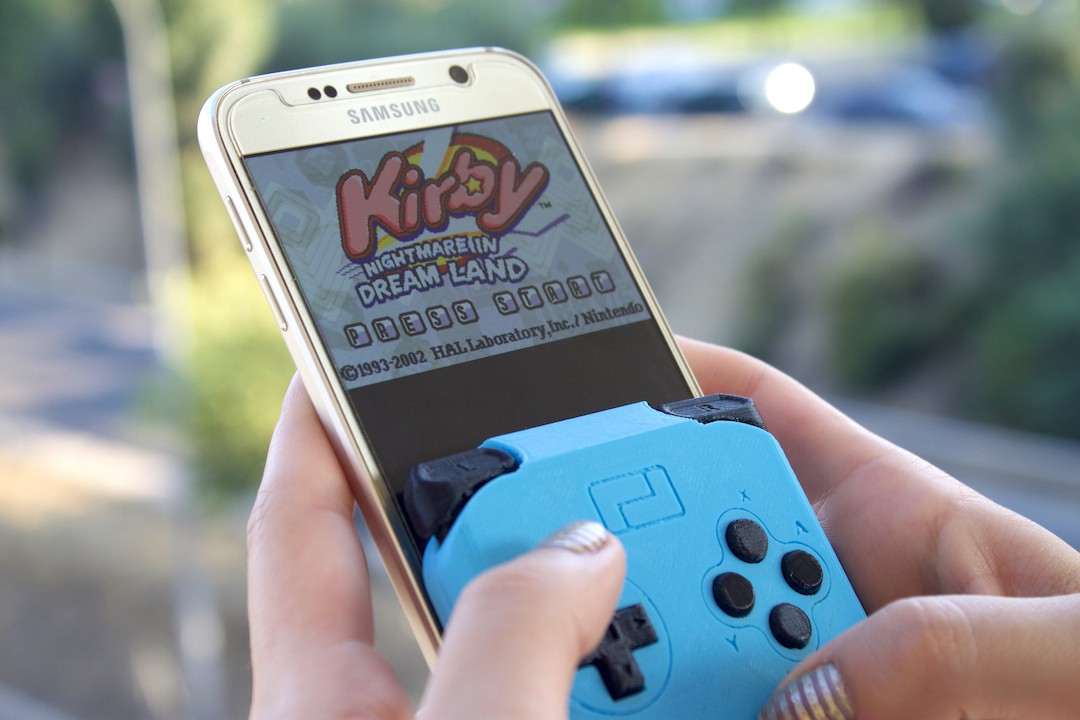
HOW IT WORKS?
Playloop is an adaptive gamepad which can be split in four main sections: hardware, software, mechanics and manufacturing.
As seen on the upper gif and images, playloop connects to smartphones through USB port. It uses USB standard to communicate and, when connected presents itself as an HID device. Once you plug Playloop into your smartphone, its a matter of opening a compatible emulator with gamepad recognition like, for example, RetroArch and start playing! It is compatible with Android devices, and it can run with MicroUSB or USB-C.

The design of the board itself is pretty straight forward. Every pad is an open switch which, once closed, connects a certain microcontroller pin to ground. The rest of components are capacitors, resistors, LDO regulator, led and cristal clock needed for the microcontroller to properly work. We could say that it is like an Arduino specially prepared for acting as a gamepad.

Ok, cool, but how it holds on my smartphone? Does it fit on any phone size? Yes, it is adaptive to almost all smartphones of the market and it holds pretty well. It is has two wings that expand up to 84mm wide. To ensures that Playloop is correctly attached, this two wings has a tiny rubber material called nano suction tape which prevents it to fall.

Playloop is fully 3D printed, but this does not mean that was designed without having DFM in mind for scaling on manufacturing in the future. It is designed in such a way that most of the parts would require little adjustments to be injection molded. Its assembly is easy, excepting a few steps that have to be improved, it is just a matter of putting some parts together and tighten screws.

**If you are interested in learning more about...
Read more » Victor Dedios
Victor Dedios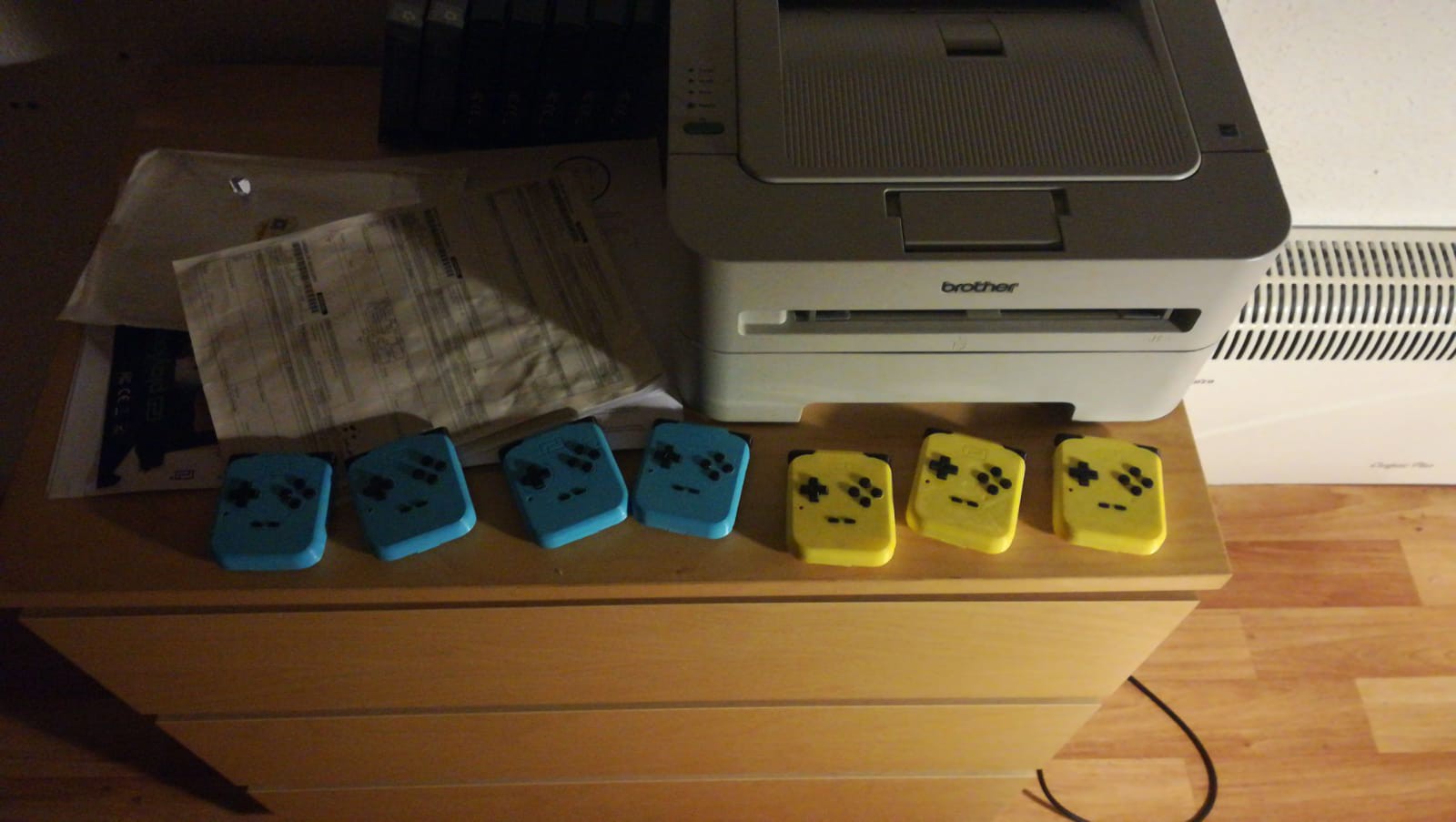



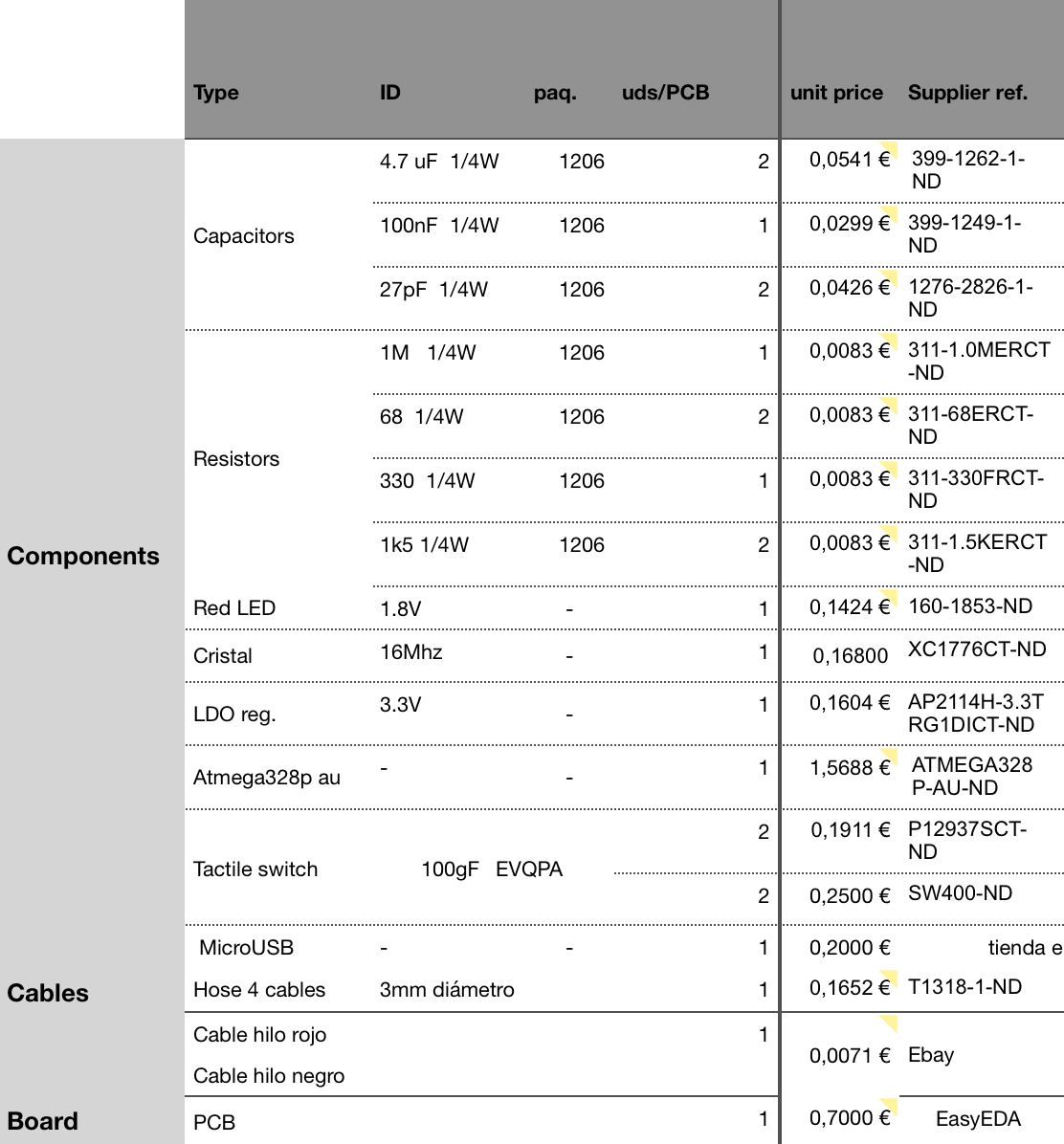

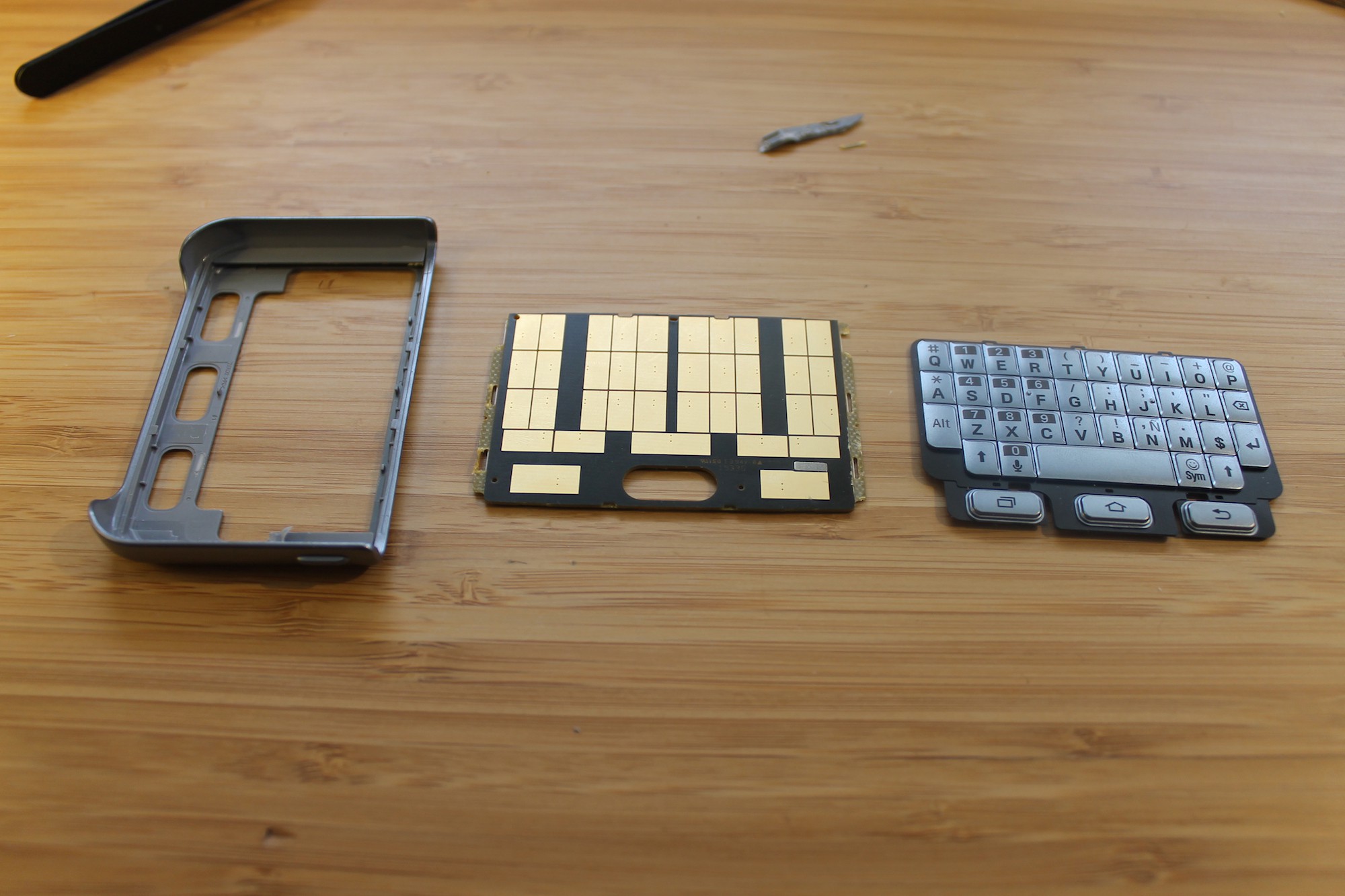
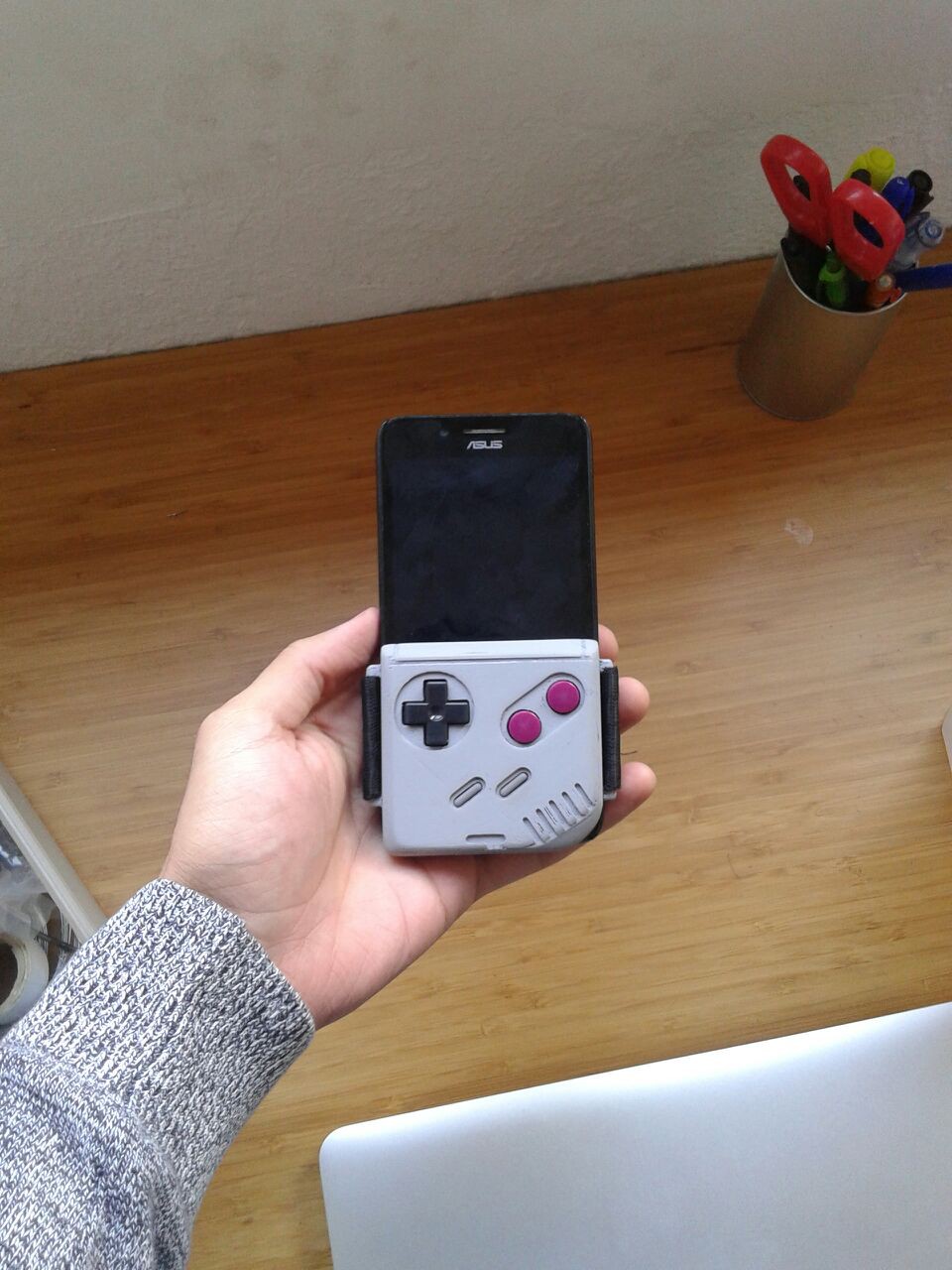
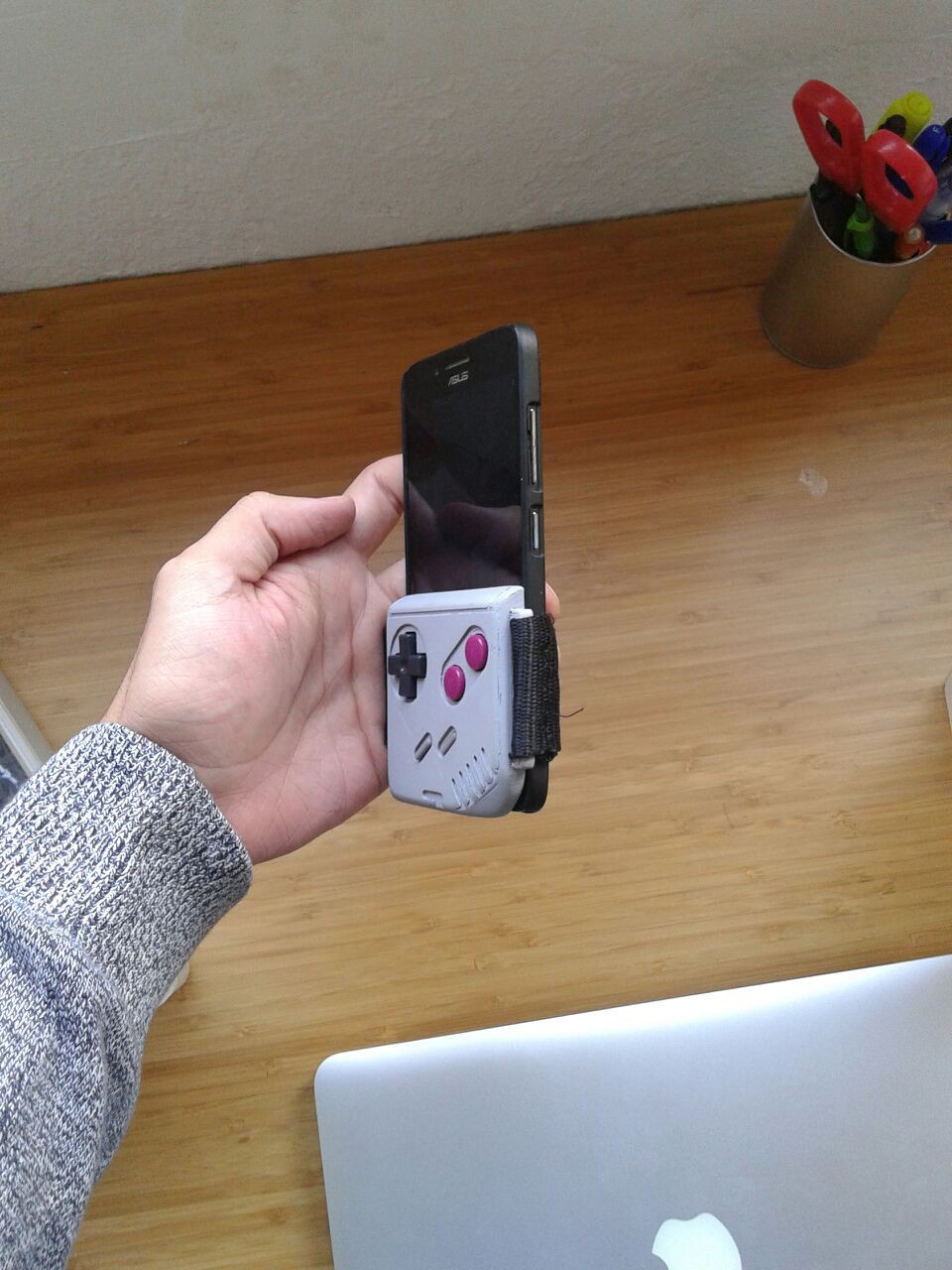








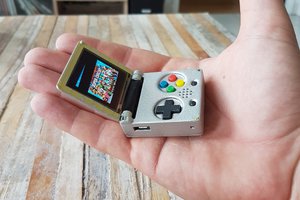
 c.Invent
c.Invent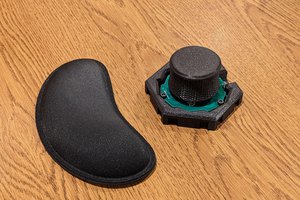
 colton.baldridge
colton.baldridge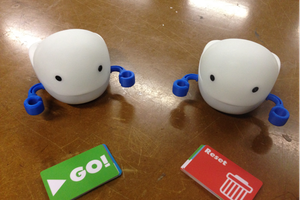
 Rodolfo
Rodolfo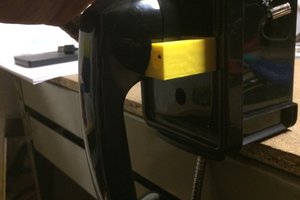
 jason.gullickson
jason.gullickson
take my money!